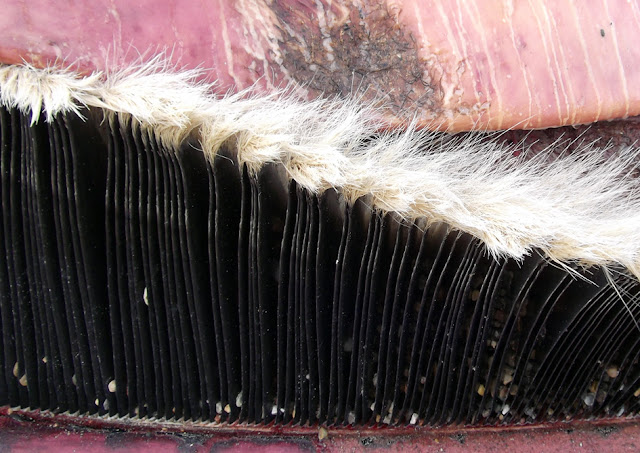Sabine's Gull - Grafham Water, Cambridgeshire, September 2011
Gulls aren’t every bird-watcher’s cup of tea. If it’s not the noisy Black-headed Gulls spoiling the peace and quiet of a day at the wader scrape, or the brutish Herring Gulls trying to steal your chips at the seaside that puts people off, then it’s the near-impenetrable plumage puzzles they pose.
But there is a definite beauty in them, that is perhaps more obvious in the smaller gulls like Little Gull and the rarer Sabine’s Gull (Larus sabini). In Britain, Sabs Gulls (as many birders call them) are most often seen off the west coast during their passage in early autumn. And they don’t hang around for long on their journey south. So in most years they are not an easy bird to connect with. But autumn 2011 has been different.
The Atlantic hurricane season has started early this year, with Irene and Katia. It seems lots of birds, particularly American waders, have been brought over to the UK by the storms. This has also produced a prolonged period of westerly and southerly winds, in which early migrants heading south (like Sabs Gulls) have been caught.
I’d never seen one of these beauties before, so this autumn has proved to be a good opportunity. Most of the Sabs Gulls inland this year were juveniles, and while they do have their own appeal, it was an adult that I most wanted to see.
The nearest one was at Grafham Water, Cambridgeshire: a bit of a trek, I admit. But with the added bonus of a Grey Phalarope there too, I thought the journey was worth it to see this beauty.
Sabine's Gull - Grafham Water, Cambridgeshire, September 2011
It took me a while to walk around the reservoir to find it; but there it was, feeding with four Black-headed Gulls just off the shoreline - the only bird in the group still with a dark hood. Compared to the Black-headed Gulls, it looked more delicate, perhaps most similar to a Kittiwake, but with the dark grey hood, bordered with a black line, and a black bill with the striking yellow tip. During its floaty flight the bird showed its striking black/white/grey wing pattern. Lovely.
As well as the photos I managed to get some video too (all taken through my binoculars, so not great quality).
The Grey Phalarope was a juvenile, and unlike the only other one I’d seen previously, this one was feeding on the shoreline rather than picking food from the water surface while swimming. Another bird with delicate beauty. Yep, definitely a trip worth making.















